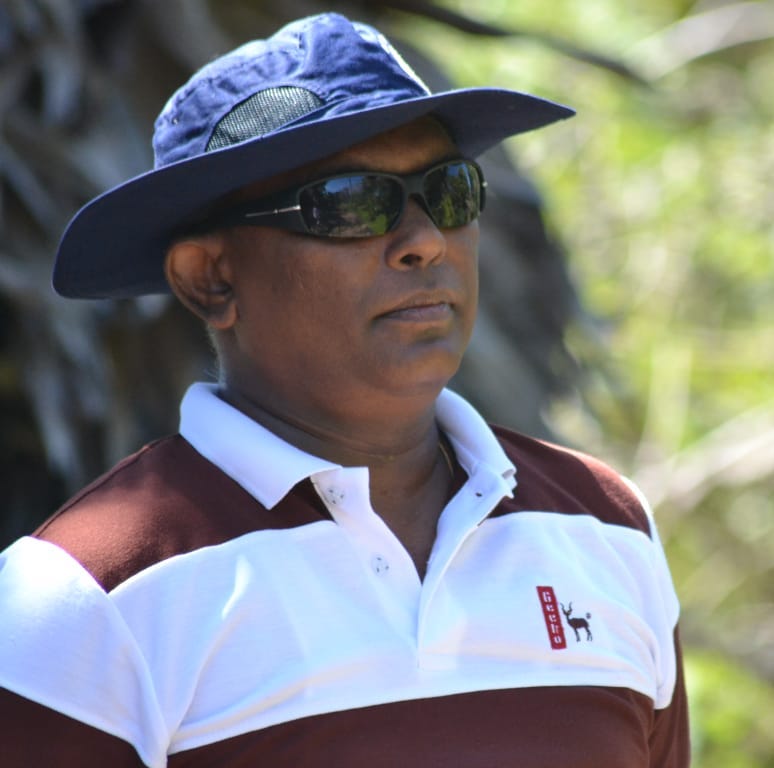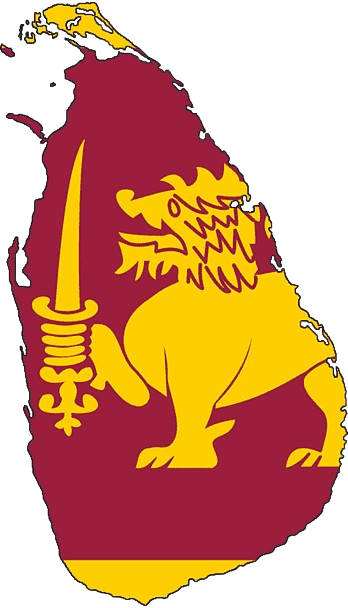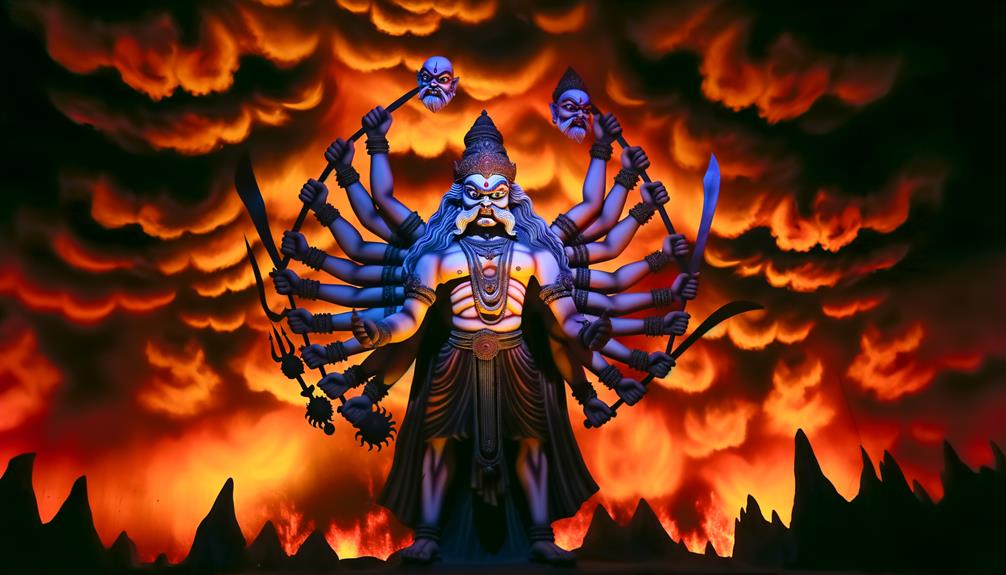I. Introduction to King Ravana
Table of Contents
A. Overview of King Ravana’s Significance
King Ravana is a towering figure in Sri Lankan history and mythology, often depicted as both a revered king and a complex antagonist. His significance extends beyond mere legend, influencing various cultural narratives and traditions. In Hindu epics, Ravana is portrayed as the primary antagonist in the “Ramayana,” but in Sri Lankan folklore, he is celebrated as a great ruler, embodying wisdom, power, and devotion to his people. His story has been told and retold in countless forms, each version adding layers to the enigmatic character of King Ravana.
B. Historical Context of His Reign
Ravana’s reign is believed to have occurred during a time of great prosperity and technological advancement in ancient Sri Lanka, often referred to as “Lankapura.” The exact period of his rule is shrouded in mystery, but it is generally placed in a prehistoric era when the island was a significant hub of trade and culture in the Indian Ocean. Geopolitical factors, including regional trade relations and military conquests, played a crucial role in shaping his reign, making it one of the most influential periods in the history of the region.
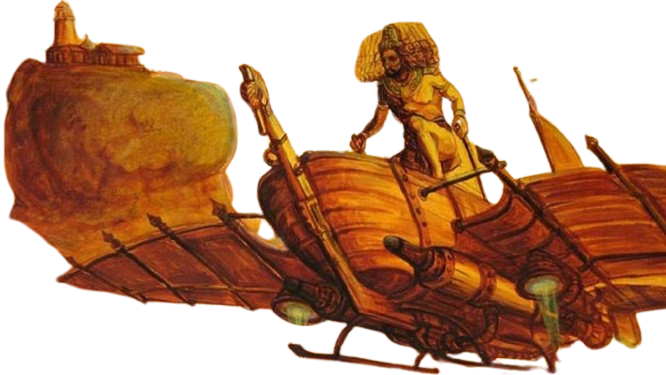
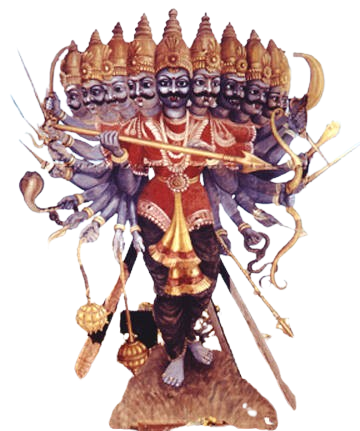
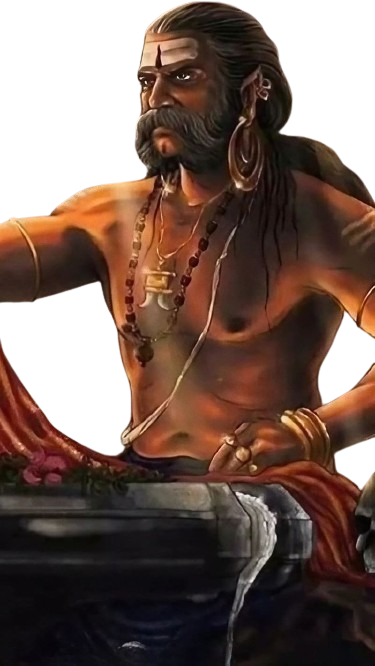
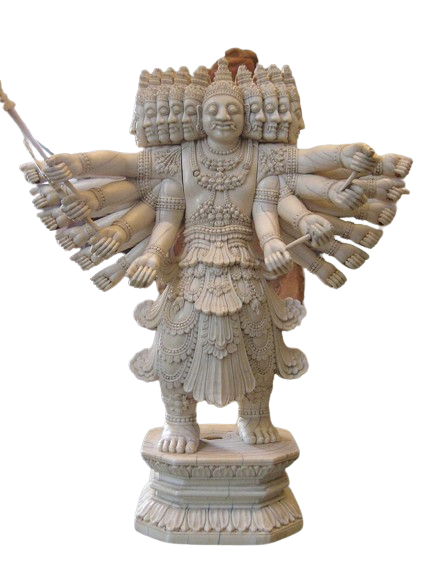
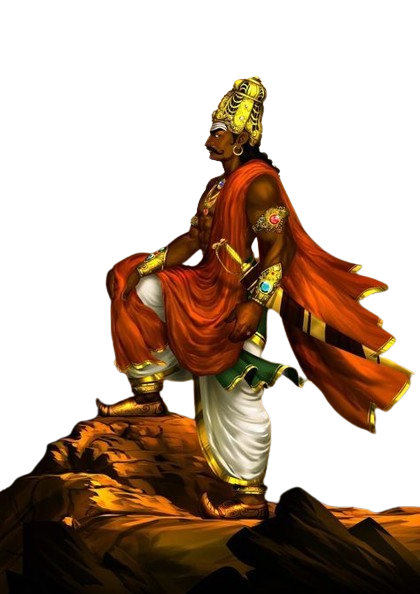
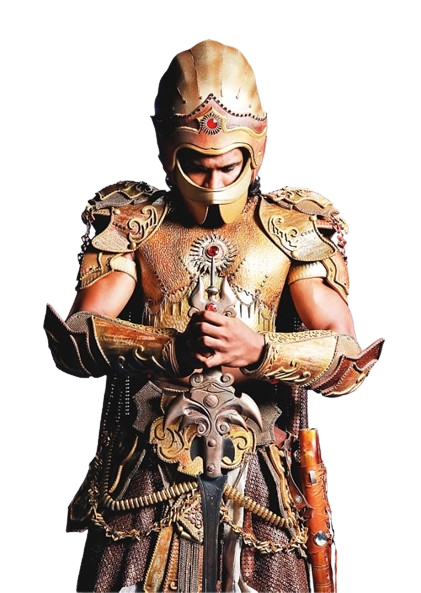
C. Objectives of the Article
This article aims to delve into the life, achievements, and enduring legacy of King Ravana, shedding light on the historical and mythological facets of his rule. By separating myth from fact, it seeks to provide a comprehensive understanding of who King Ravana was and why his legacy continues to captivate people worldwide.
II. Historical Background of Sri Lanka in Ravana’s Time
A. Geographical Landscape
During Ravana’s time, Sri Lanka was a land of abundant natural resources, with a diverse geographical landscape that included fertile plains, dense forests, and rugged mountains such as Sigiriya Rock , Sri Lanka. The island’s strategic location made it a vital node in ancient maritime trade routes, facilitating the exchange of goods, culture, and ideas between different civilizations. The geographical bounty of the island played a significant role in the development of a thriving civilization under King Ravana’s rule.
B. Societal Structure and Culture
The societal structure of ancient Sri Lanka during Ravana’s reign was likely hierarchical, with a king at the apex, followed by nobles, warriors, and commoners. Cultural practices were deeply rooted in both spiritual and practical aspects of daily life, with a strong emphasis on rituals, arts, and sciences. Ravana is often credited with fostering a golden age of cultural and intellectual prosperity, where advancements in medicine, astronomy, and architecture flourished.
C. Religious Influences
Religion played a pivotal role in shaping the society of Ravana’s time. While Hinduism was the dominant religion, with Ravana himself being a devout follower of Lord Shiva, there were also early influences of Buddhism and other indigenous spiritual practices. Ravana’s portrayal in religious texts is complex—while Hindu epics often depict him as a villain, Sri Lankan traditions celebrate him as a great king and a devotee of Shiva, reflecting the multifaceted nature of his legacy.
III. King Ravana’s Early Life and Ascension to Power
A. Ancestry and Origins
King Ravana’s lineage is steeped in myth and legend. He is believed to be the son of the sage Vishrava and the demon princess Kaikesi, making him a figure of both divine and demonic heritage. This duality is central to understanding his character and his eventual rise to power. His early life is marked by significant events, including intense meditation and devotion to Lord Shiva, which granted him immense power and knowledge.
B. Early Achievements
Before ascending the throne, Ravana achieved several notable feats that solidified his reputation as a formidable leader and scholar. He is said to have mastered the Vedas and various forms of martial arts, while also excelling in music, particularly with the invention of the “Ravanahatha,” an ancient string instrument. These early accomplishments not only established his intellectual prowess but also set the stage for his future as a ruler.
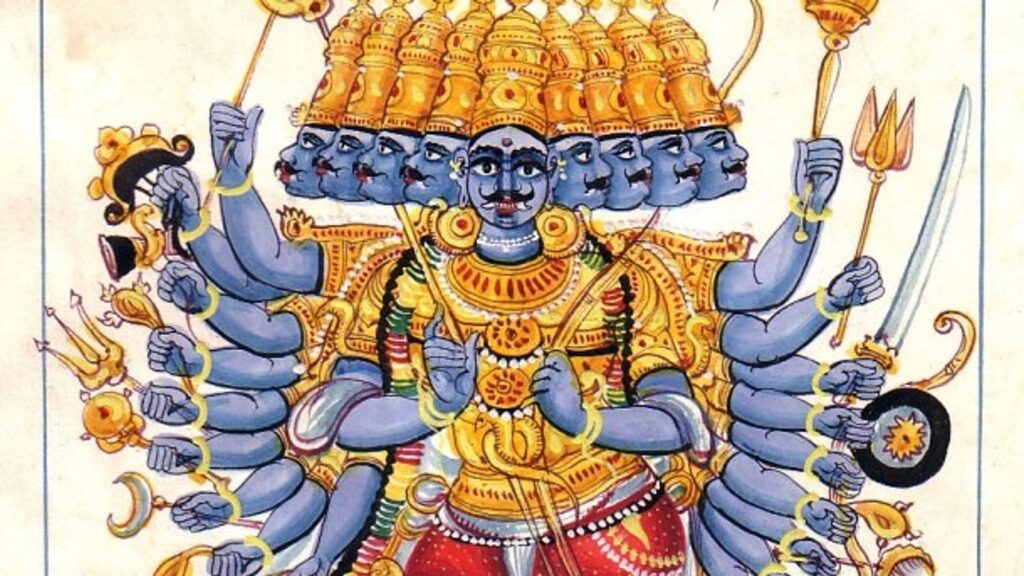
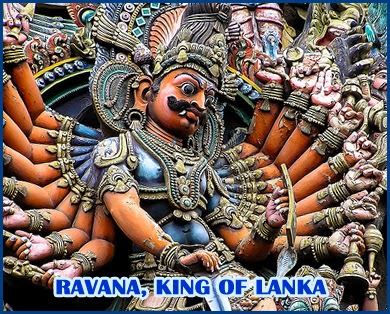
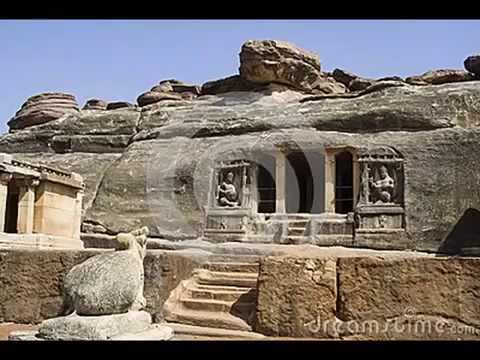
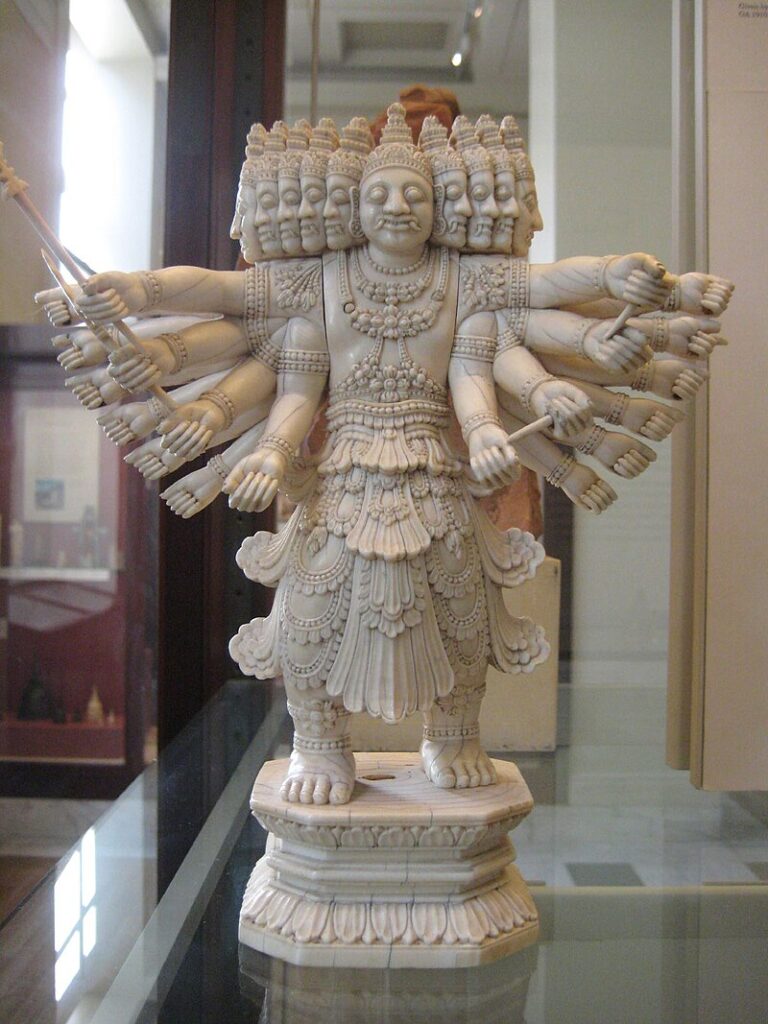
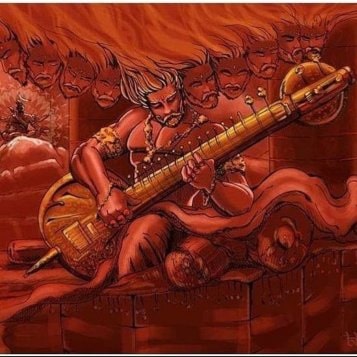
C. The Path to Kingship
Ravana’s ascent to kingship was marked by a combination of divine intervention and political maneuvering. According to legend, he overthrew his half-brother Kubera, the god of wealth, to take control of Lanka, which he then transformed into a powerful and prosperous kingdom. Key figures in his rise include his loyal siblings, who played crucial roles in consolidating his power and expanding his empire.
IV. Governance and Policies Under King Ravana
A. Administration and Leadership Style
King Ravana was known for his efficient administration and progressive leadership style. He governed with a strong sense of justice, often personally overseeing the welfare of his subjects. His rule is characterized by a deep commitment to education, science, and the arts, making Lanka a beacon of knowledge and culture in the ancient world. Comparisons with contemporary rulers often highlight his innovative approaches to governance and his ability to maintain peace and prosperity in his realm.
B. Economic Policies and Trade
Ravana’s economic policies were designed to capitalize on Lanka’s strategic location and abundant natural resources. He established extensive trade networks that connected Lanka to other parts of Asia, Africa, and the Middle East, facilitating the exchange of goods such as spices, gems, and textiles. His contributions to agriculture, particularly in the development of irrigation systems, ensured the kingdom’s self-sufficiency and laid the foundation for sustainable growth.
C. Military Strategies and Conquests
Ravana was not only a wise ruler but also a formidable warrior. His military campaigns are legendary, with many accounts describing his conquests across the Indian subcontinent and beyond. His strategic brilliance in battle and his ability to inspire loyalty among his troops made him a feared and respected leader. The significance of his military achievements lies not only in the expansion of his empire but also in the consolidation of his power within Lanka.
V. Legacy and Cultural Impact of King Ravana
A. Representation in Literature and Arts
King Ravana’s influence on literature and the arts is profound. He is a central figure in the “Ramayana,” where he is depicted as a complex antagonist, embodying both great virtue and deep flaws. In Sri Lankan literature, however, he is often portrayed more sympathetically, as a wise and just king. His story has inspired countless works of art, from ancient temple carvings to modern-day performances in theater and dance.
B. Modern Interpretations and Symbolism
In modern Sri Lanka, King Ravana is viewed through a lens of national pride and cultural identity. He is often seen as a symbol of resistance against foreign domination, embodying the spirit of a people who value their independence and cultural heritage. Contemporary interpretations of his story have reimagined him as a hero rather than a villain, reflecting a broader shift in how his legacy is perceived.
C. Influence on National Identity
King Ravana’s legacy continues to shape Sri Lankan national identity, serving as a reminder of the island’s rich and complex history. His story is a source of pride for many Sri Lankans, symbolizing the resilience and strength of their ancestors. Ongoing discussions about his legacy in the region often center on the need to reclaim and celebrate this unique aspect of Sri Lankan heritage.
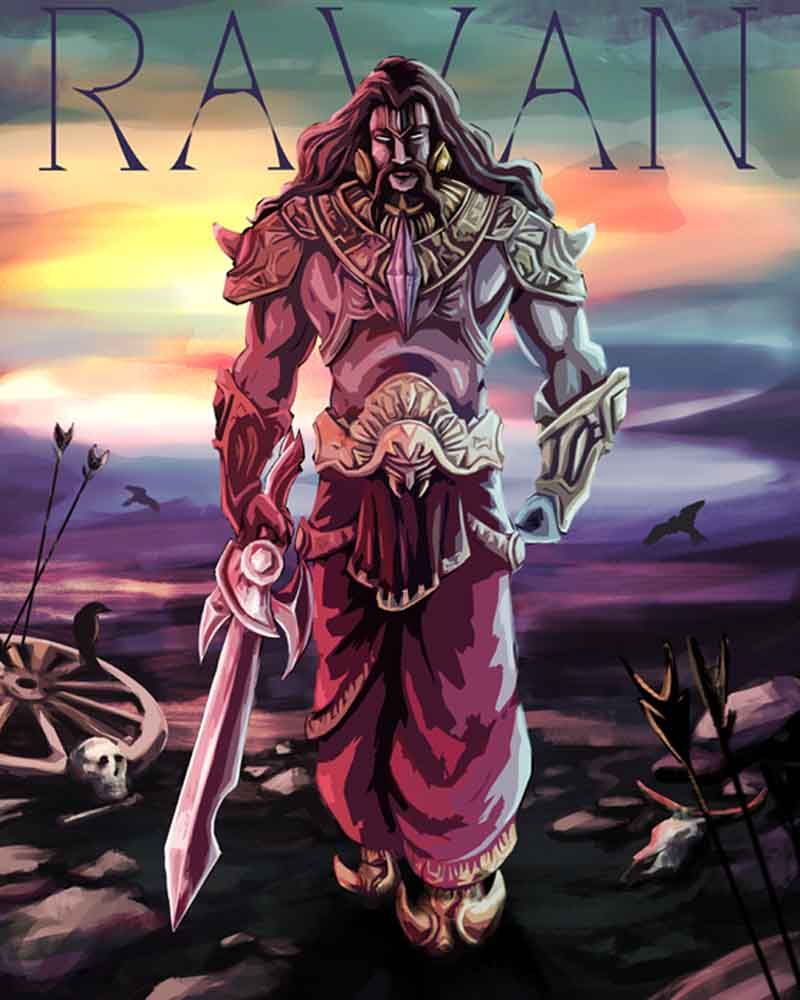


VI. Conclusion
A. Summary of Key Points
King Ravana’s life and reign are marked by significant achievements in governance, culture, and military prowess. His complex character, as depicted in various narratives, continues to fascinate scholars and the general public alike. Understanding his true significance requires a nuanced approach that considers both historical facts and the myths that have grown around him.
B. Reflections on His Historical Relevance
King Ravana’s legacy endures not only in Sri Lanka but also in the broader cultural imagination. His story is a testament to the enduring power of myth and history in shaping national identities and cultural narratives. As new generations continue to explore his life and achievements, King Ravana remains a relevant and powerful symbol of Sri Lanka’s rich heritage.
C. Future Directions for Research
Future research on King Ravana could focus on uncovering more archaeological evidence of his reign, as well as exploring the broader impact of his legacy on regional history. Scholars might also investigate the ways in which his story has been adapted and reinterpreted in different cultural contexts, shedding light on the evolving nature of his legend.
VII. Frequently Asked Questions (FAQs)
A. Who was King Ravana really?
King Ravana was a legendary ruler of ancient Lanka, known for his wisdom, strength, and devotion to Lord Shiva. While often depicted as a villain in the “Ramayana,” he is celebrated in Sri Lankan folklore as a great and just king.
B. Are there any historical artifacts from his reign?
While there are no definitive artifacts directly linked to Ravana, several ancient sites in Sri Lanka are associated with his legend, including caves, temples, and fortresses believed to have been used during his reign.
C. How does King Ravana compare to other historical leaders in the region?
King Ravana is often compared to other legendary rulers in terms of his military prowess, administrative skills, and cultural contributions. His legacy is unique, however, due to the combination of myth and historical significance that surrounds his story.
D. What are the common misconceptions about King Ravana?
Common misconceptions about King Ravana include the view of him solely as a villain, as portrayed in the “Ramayana.” In Sri Lankan culture, he is also seen as a wise and benevolent ruler, highlighting the complexity of his character.
E. In what ways has his legacy been preserved or changed over time?
King Ravana’s legacy has been preserved through literature, art, and folklore, with modern interpretations increasingly viewing him as a symbol of national pride and cultural identity in Sri Lanka.
